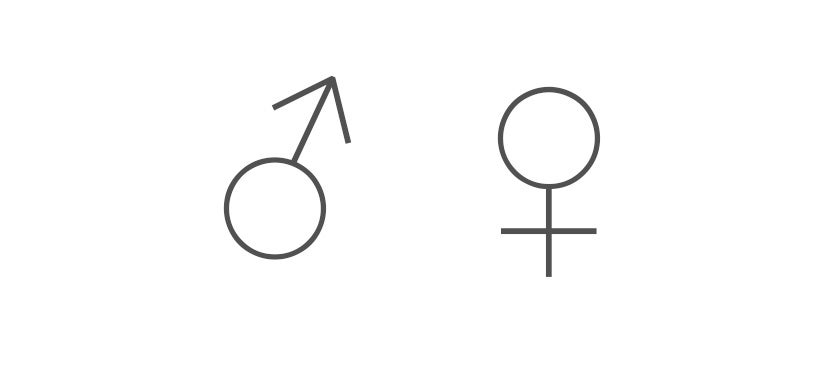
Shen ShenĪnother knotted symbol, the shen consists of a circle of rope which symbolises infinity, completeness and protection. Because it was considered a symbol of protection, it was often coupled with the ankh – providing the security of both Osiris and Isis. It is associated with Isis, the goddess of fertility, motherhood, healing and rebirth. Tjet TjetĪlso referred to as the ‘knot’ or ‘blood’ of Isis, the tjet looks like an ankh with arms. It is also known as Upper Egypt’s symbol, whereas the papyrus plant is associated with Lower Egypt. It was often painted on canopic jars along with the Four Sons of Horus, as well as temples, amulets and shrines. Because of this, it has been associated with the sun, rebirth and life itself. The flower closes up at night, sinking below the water as it rests, and then reappears at daybreak. It symbolises creation, life, and rebirth, and dates back to the Early Dynastic Period. Sesen is the beautiful lotus flower often depicted in Egyptian artworks. It was often painted on sarcophagi to help the dead pass onto the afterlife. Known as ‘the god’s backbone’, it represents stability, fertility, resurrection and eternal life (harking back to the god Osiris). This symbol consists of a column made up of a wide base which narrows at the top, crossed by parallel lines (usually four). Osiris was known as a deity of agriculture, and hence this symbol served as a reminder of the importance of tradition, work and the legitimacy of the king.

The crook was a tool used by shepherds, and the flail a tool used to herd goats. One of the most well-known and oldest ancient Egyptian symbols is the crook & flail, which represents the majesty and power of the king, Osiris. The story of the god Khepri is inspired by the dung beetle, as he was known for rolling the sun across the sky – keeping it safe in the underworld at night, and helping it rise as dawn the following day. The story of the dung beetle was thought to symbolise the way life comes from death. Why? The beetle lays its eggs in a ball of dung, which provides its newborns with nourishment once they hatch. Representing transformation, immortality and resurrection, the iconic scarab is actually a type of dung beetle associated with the gods. Nowadays it is often associated with the Goth subculture. Its beautiful shape was emulated by neighbouring cultures, who adapted it in many different ways, such as by using it as a variation of the Christian cross. “may you live and be well”, and was held as a key to eternal life. It was often used to express the desire for someone to live – e.g. It represents the word “life” and life itself, as well as heaven, male & female, the morning sun, and the earth. The ankh is one of the most common ancient Egyptian hieroglyphs, used in art, writing and decorations.

While the Eye of Ra reflects many of the same concepts as the Eye of Horus, it also comes with an aspect of danger and violence, as it represents the heat and wrath of the sun. Ra was an Egyptian sun god, and his eye is considered an extension of his power. Not to be confused with the Eye of Horus, the Eye of Ra is distinguishable in that it is the right eye, rather than the left. Due to its association with protection, many Ancient Egyptians wore the Eye of Horus as an amulet, and also placed them on the dead to protect them in the afterlife. Horus was a sky god who offered his left eye to his father, Osiris, in an attempt to bring him back to life.

The Eye of Horus (also called ‘wadjet’) is the symbol of power, protection and good health. Common Ancient Egyptian symbols: Eye of Horus Eye of Horus Let’s explore the secrets and wisdom hidden behind some of these symbols. Thanks to the discovery of the Rosetta stone in 1799, which provided a Greek translation of Egyptian writings, we now know many of the meanings of the hieroglyphs. How did Ancient Egypt thrive for so long? It is believed that religion and written language were largely responsible for the civilisation’s success, as they allowed for ancient knowledge and values to be communicated between generations. Known for its mummies, pyramids and pharaohs, there are few civilisations as impressive – especially considering that it lasted for an incredible 3000 years. Colorful flat cartoon vector illustration.Įver wondered what those curious Egyptian symbols – hieroglyphs – actually represent? We did the research and compiled a comprehensive list of the most common symbols and their meanings, so that you don’t have to.Īs one of the oldest known human civilisations, Ancient Egypt has captured the imaginations of people for centuries. Ancient Egypt set – gods, deities of Egyptian pantheon, mythological creatures, sacred animals, holy symbols, hieroglyphs, architecture and sculpture.


 0 kommentar(er)
0 kommentar(er)
